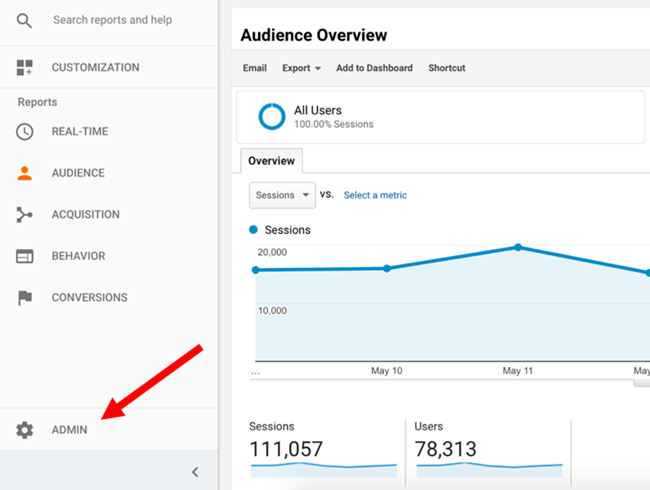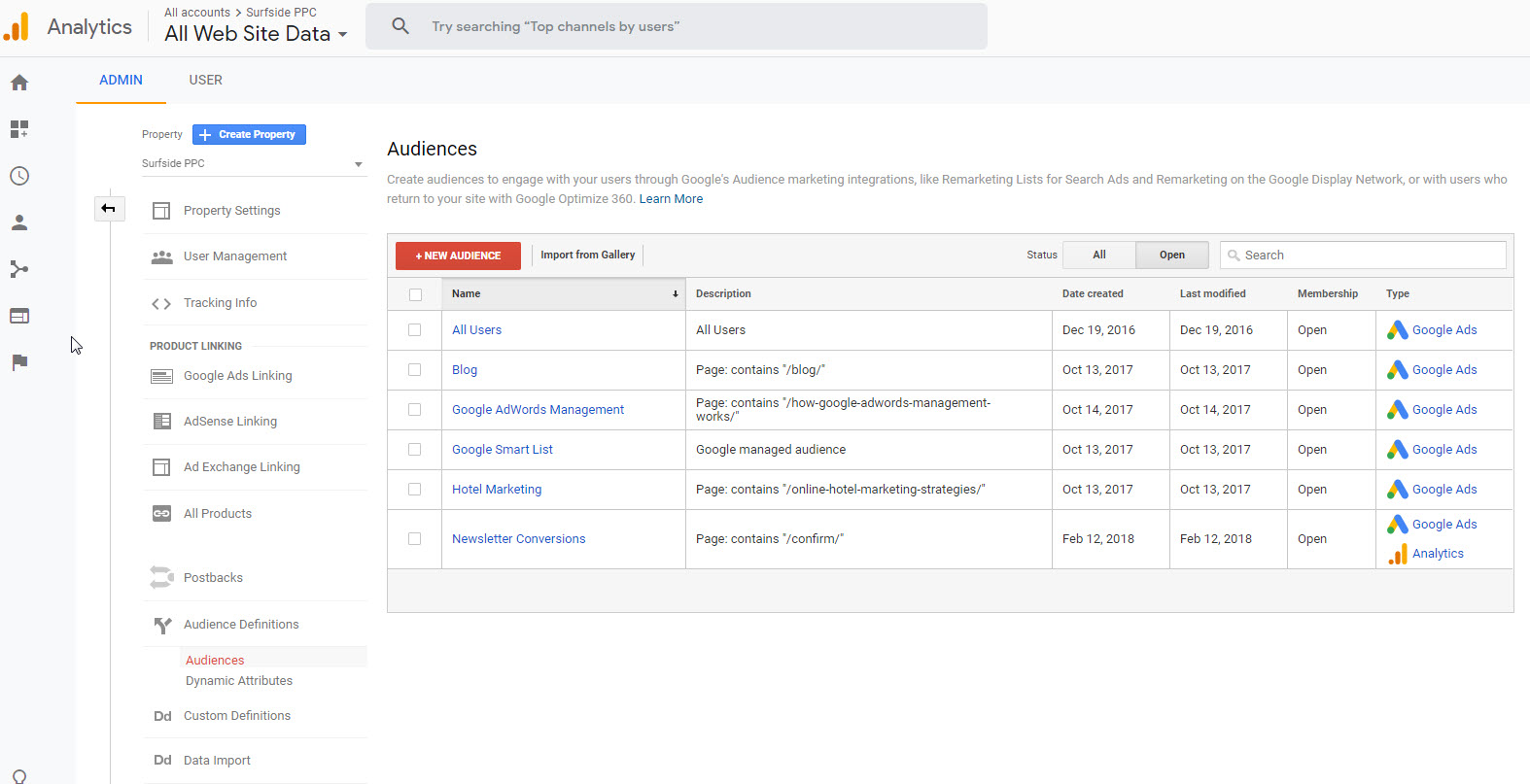Maximize Your ROI With Remarketing in Google Analytics
By taking advantage of the power of individual data and customizing advertisements to particular audience sections, companies can significantly enhance their conversion prices. The trip to optimizing ROI through remarketing is a nuanced course paved with understandings and possibilities that can reshape the trajectory of your marketing undertakings.
Understanding Remarketing in Google Analytics
Understanding remarketing in Google Analytics is important for enhancing your digital advertising and marketing technique. Remarketing allows you to target customers that have formerly visited your internet site or communicated with your app, providing them with tailored advertisements as they surf various other sites or make use of various other applications within the Google Present Network. This approach assists keep your brand name top of mind and encourages individuals to go back to your site, inevitably increasing the chance of conversion.
By using Google Analytics, you can track the efficiency of your remarketing campaigns, obtaining valuable insights into customer behavior, engagement, and conversions. This data enables you to improve your bidding, targeting, and messaging techniques to improve the overall effectiveness of your campaigns.
Moreover, recognizing the different sorts of remarketing listings available in Google Analytics, such as typical, vibrant, and similar audiences, enables you to create highly segmented and individualized campaigns tailored to particular customer segments. This level of granularity can dramatically enhance the significance and influence of your remarketing initiatives, ultimately optimizing your return on financial investment.
Establishing Up Remarketing Lists
To efficiently execute remarketing projects in Google Analytics, the initial step involves creating and configuring remarketing checklists targeting particular user segments based on their communications with your website or application. By establishing remarketing checklists, you can tailor your advertising and marketing efforts to reach users who have currently shown interest in your services or products.
To begin, browse to the Admin section of your Google Analytics account and pick the Residential or commercial property where you wish to produce the remarketing checklist. Then, under the Residential or commercial property column, click on 'Audience Definitions' and pick 'Target markets.' Next, click on the red 'New Target market' button and pick 'Create New' to specify the parameters for your remarketing checklist.

Crafting Effective Remarketing Advertisements

When crafting your advertisements, concentrate on creating eye-catching headlines and compelling visuals that stand out to prospective clients. Integrate solid calls-to-action that motivate customers to revisit your website and finish a wanted action. Make use of vibrant remarketing to show tailored advertisements featuring product and services Our site that customers have actually previously viewed on your site.
In addition, make certain that your advertisements are mobile-friendly because a substantial part of internet web traffic comes from smart phones. Examination different ad variations to identify which messages and styles drive the most effective outcomes. By constantly refining and maximizing your remarketing ads based upon efficiency data, you can optimize their effectiveness and improve your return on investment.
Analyzing Remarketing Performance

With Google Analytics, marketing experts can track the efficiency of their remarketing campaigns in real-time, permitting them to determine trends, patterns, and locations for enhancement promptly. By analyzing the information, marketing professionals can determine which advertisements are performing well, which target market sections are reacting positively, and which channels are driving the most conversions. This level of granularity makes it possible for online marketers to make data-driven decisions to optimize their remarketing advocate far better outcomes.
Enhancing ROI With Remarketing
Assessing remarketing data in Google Analytics enables marketers to determine possibilities for maximizing roi (ROI) through critical adjustments - What Is “Remarketing” In Google Analytics?. To optimize ROI with remarketing, it is critical to comprehend the habits of your target market. By evaluating customer communications, such as the pages they saw, the items they saw, or the activities they took on your site, you can tailor your remarketing projects better
Segmenting your audience based upon their habits permits you to create personalized and targeted advertisements that are most likely to reverberate with them. By showing pertinent ads to details sectors of your audience, you can boost the chances of conversion and eventually enhance your ROI.
Moreover, examining various ad creatives, messaging, and deals can assist determine what resonates ideal with your audience. A/B screening permits you to experiment with various elements of your ads to identify what drives the greatest engagement and conversion rates.
Conclusion
In verdict, maximizing ROI with remarketing in Google Analytics needs a critical technique to evaluating individual actions, segmenting audiences, developing tailored advertisements, and enhancing project efficiency. By leveraging data-driven insights and testing different approaches, companies can improve their remarketing initiatives to drive higher involvement and conversion rates. This systematic approach ensures that resources are successfully designated in the direction of optimizing returns on my website financial investment Continued in remarketing campaigns.
Next, click on the red 'New Audience' button and pick 'Produce New' to specify the parameters for your remarketing checklist.
By continually refining and maximizing your remarketing ads based on performance information, you can optimize their effectiveness and boost your return on investment.
By diving into these insights, marketers can gain a thorough understanding of just how their remarketing efforts are resonating with their target audience and driving conversions. To make the most of ROI with remarketing, it is crucial to recognize the actions of your target market.In verdict, optimizing ROI with remarketing in Google Analytics requires a tactical method to evaluating customer habits, segmenting audiences, developing customized ads, and maximizing project efficiency.